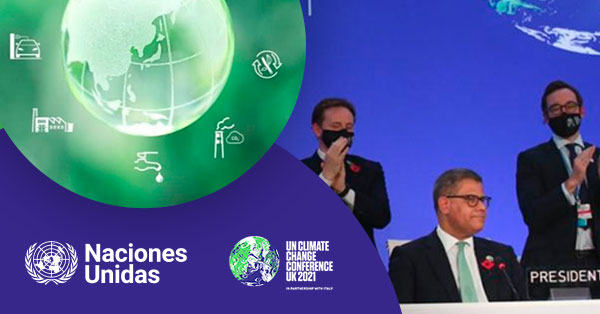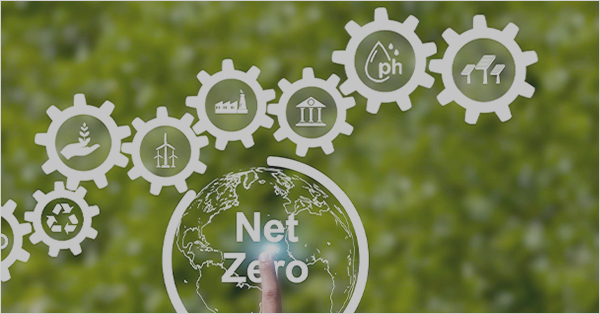
COP26 ended less than a month ago. The evaluations of the Conference, its achievements and the Glasgow Climate Pact, the set of decisions adopted, cover a wide spectrum of assessments ranging from celebration for the progress achieved to disappointment, especially from representatives of civil society and young people, when the agreements reached are contrasted with some of the previous expectations. In what follows we introduce elements of the analysis of its results.
Any judgement on the outcome of Glasgow is in a sense premature. The objective of COP 26 should have been, and indeed was, to put the onus on making the implementation of climate action feasible, to make the process gain momentum, given that the world is still a long way from stabilising the global temperature increase at 1.5ºC and that greater and more immediate international collaboration is required to achieve this objective.
So success will be gauged – as time goes on – by the extent to which the commitments announced at the Conference become reality in this decade, in concrete climate actions resulting from the agreements reached and the decisions taken.
On the other hand, different actors may have had different expectations about what needed to be achieved in Glasgow and then pondered what happened there from their different perspectives.
Countries, national and sub-national governments, financial institutions, corporations, civil society, cities, local communities, and other stakeholders both expected and required from these sessions in Glasgow both robust political signals and consistent and clear frameworks for decision-making that are varied in nature and scope.
In any case, despite these different views, it is possible today to enunciate four salient features that reveal a substantive shift in the political momentum that had been driving the negotiations up to this point:
• The articulation of the collective intention to increase climate action by all actors – in this decade – to adopt a pathway leading to 1.5ºC. In the process, this goal is synthesised as “keeping the 1.5 ºC goal alive”.
• Put the greatest emphasis on ensuring the integrity, transparency and reliability of the processes and mechanisms that are put in place from now on and the information that is reported.
• Resolve climate finance defaults and ensure a predictable process for the provision of financial resources to developing countries over the next five years.
• Partnerships and coalitions to drive substantive changes in key sectors of the real economy in terms of their greenhouse gas emissions (in line with various pledges and declarations by countries such as transitioning away from coal-fired power generation, reducing methane emissions, conserving forests and other terrestrial ecosystems and accelerating their restoration, accelerating the transition to 100% zero emission vehicles and vans, a synthesis of key vectors of economy transformation).
• Shaping the crucial role of the financial sector with advances in financial regulation and supervision on transparency and reporting, as well as commitments by financial institutions to develop Net Zero strategies aligned with the Paris Agreement.
The intention for all countries to undertake more ambitious climate action – consistent with a 45% reduction in emissions by 2030, and net zero emissions by 2050 – reveals that the focus of this Conference of the Parties was on short- and medium-term action. Thus, a key decision requires Parties to review and reinforce by 2022 the 2030 targets they have already declared in their nationally determined contributions and the convening of annual high-level ministerial roundtables on pre-2030 ambition, starting in 2022.[1]
However, the Glasgow – Sharm el-Sheikh Programme of Work on the Global Goal on Adaptation was agreed, which will drive adaptation action. This is the first time that a specific funding target for adaptation has been agreed at the global level. Record amounts of adaptation finance have been pledged, including a commitment to double adaptation finance levels from 2019 by 2025.
In the next notes we will devote specific analysis to each of the main elements that make up the COP 26 outcome:
•The real economy
•The financial sector
•Mitigation
•Adaptation and Loss and Damage
•Sustainable finance
[1]Decision -/CMA.3, Paragraph 29 y 31.







 Stay updated on the latest trends of Green Finance
Stay updated on the latest trends of Green Finance


